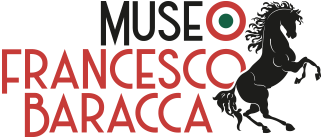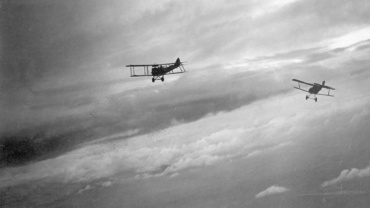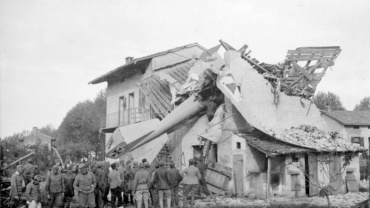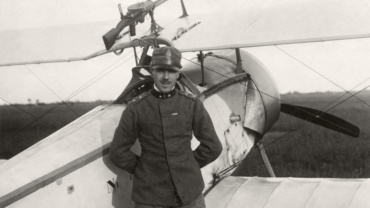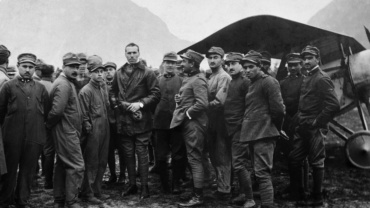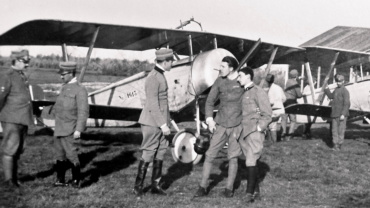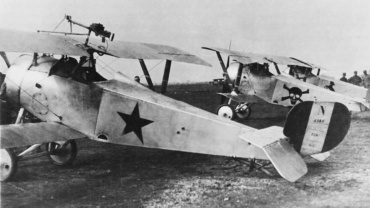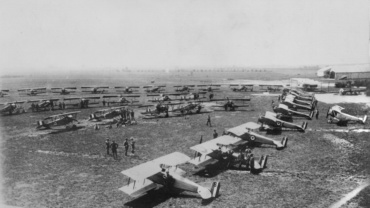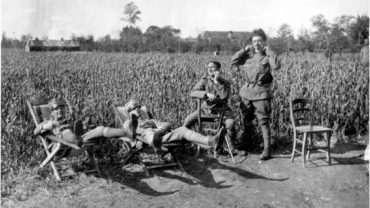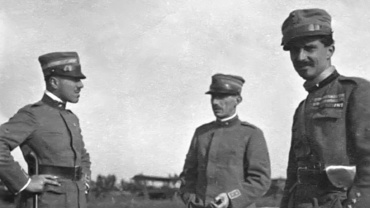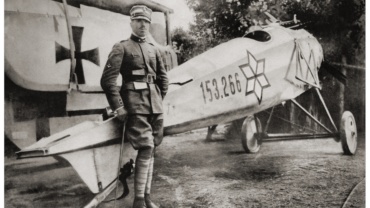At war
The “courageous and bold exploits” dreamt of by Baracca during the long and intense weeks of preparation spent in Paris, were late in coming. Once back in Italy, the aviator from Romagna was soon confronted with a situation that was totally different from the French one. In addition to the scarcity of means, compared to the great masses of aircraft on the Western Front, the territory between Italy and the Austro-Hungarian Empire was morphologically indented, which affected not only the battles in the trenches, but also the activity in the sky. The greatest obstacle, however, was the inexperience in conducting air warfare: from the almost non-existent sighting and warning systems to the rudimentary combat techniques, which were also plagued by weapons malfunctions when present.
The arrival of the Nieuport 11 to the unit and the continued refinement of its capabilities enabled Baracca and his comrades to achieve their first successes in the early spring of 1916.
On 7 April, Baracca became the first Italian pilot to shoot down an Austro-Hungarian Brandenburg near Medeuzza. A few minutes later, he was emulated by his squadron mates Tacchini, Olivari and Bolognesi at Cortello di Pavia di Udine. For this feat, he was awarded the first silver medal.
Francesco achieved his second success just over a month later, on 16 May at Gorizia, a victory that was only validated a few months later thanks to the testimony of an Austrian prisoner. The procedures for validating shoot-downs varied from country to country, and the Italian ones were rather stringent and required verifications such as reports from anti-aircraft or other airmen, or from the enemies. Baracca achieved his 5th victory on 25 November 1916, thus earning the rank of “ace”.
The continuous technical improvements developed during the course of the conflict enabled the air forces to equip themselves with increasingly high-performance biplanes.
At the end of autumn 1916, the first Nieuport 17s arrived at the St. Catherine base, equipped with the synchronisation system that allowed the machine gun to fire through the turn of the propeller. On this aircraft model, Francesco’s personal insignia “the Prancing Horse” appeared for the very first time. It was chosen to pay homage to his regiment, the Piedmont Royal Cavalry.
Just a month after the 91a Squadriglia Caccia (91st Fighter Squadron) was formed, Baracca took its command on the 6th June, transferring the unit to Istrana for about a month during the offensive on Ortigara.
Thanks also to the availability of new aircraft such as the SPAD VII and XIII, the number of victories continued to increase, especially in the painful weeks following the battle of Caporetto. The retreat led to the transfer of Baracca and his comrades to Padua and a reorganisation of the squadron between combat losses and new arrivals.
Baracca’s name achieved consecration on the 8th of December 1917, in the aftermath of the 30th shooting when he was mentioned in the Supreme Command’s bulletin.
The victory on Mount Kaberlaba pushed for the award with the Gold Medal for Military Valour, given to Francesco on the 24th of March 1918 at La Scala in Milan.
In April, due to enemy raids on Padua, Baracca decided to move the unit to a more remoted location, in the countryside of Quinto di Treviso, where he spent the last weeks before the decisive Battle of the Solstice.
"In a short time, perhaps in ten days or so, I will form a squadron of a select few pilots, mounted on new aircraft, staying where I am."
10th of April 1917, Letter written by Francesco Baracca to his mother Paolina Biancoli
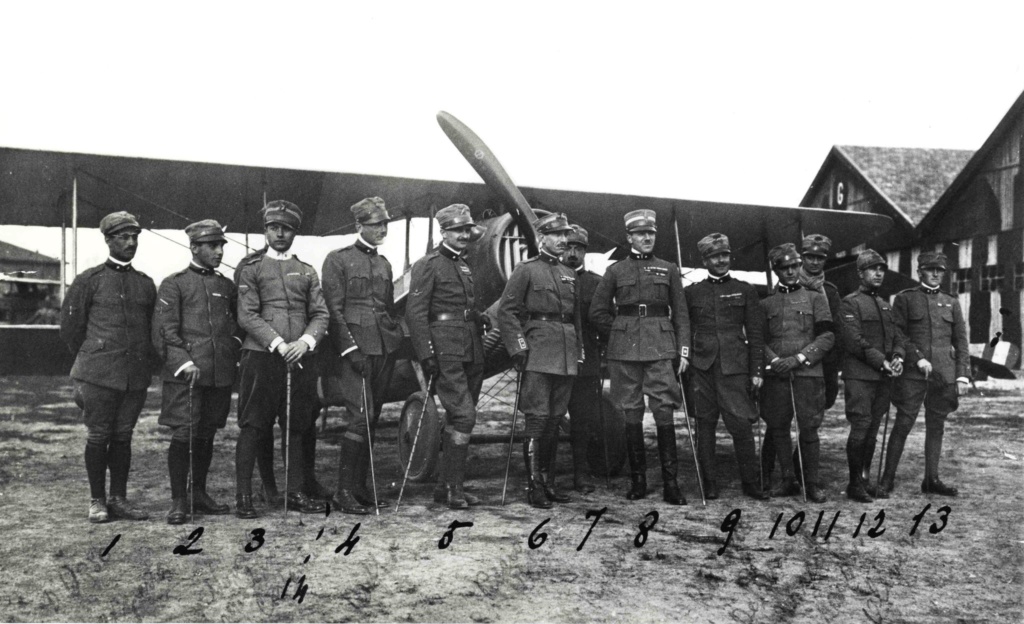
The 91a Squadriglia Caccia (91st Fighter Squadron)
With these words, Francesco Baracca announced the creation of a new airborne unit, reporting directly to the Supreme Command, on the field of Santa Caterina di Udine.
Under the orders of commander Guido Tacchini, in addition to Baracca, the best pilots of the 70th Squadriglia were assigned: Luigi Olivari, Fulco Ruffo di Calabria and Goffredo Gorini. Ferruccio Ranza, coming from the 77th Squadriglia, was also attached to the group.
The squadron was initially equipped with four Spad VIIs and three Nieuport 17s. Despite initial reluctance dictated by the unwelcome desk job, Baracca became its commander on the 6th of June.
On the same day, the 91a Squadriglia Caccia moved to Istrana, in support of the impending Italian attack on Ortigara. It returned to Santa Caterina on the 4th July. Thanks to the countless victories, the 91st was soon given the nickname “Aces Squadron”. Baracca also had the right to personally choose his men, consequently drawing the most capable pilots from other divisions including Bartolomeo Costantini, Giovanni Sabelli, Giuliano Parvis, Cesare Magistrini, Gastone Novelli and Guido Nardini. The Squadron also counted on the contribution of Pier Ruggero Piccio, commander of the 10th Group and later inspector of the fighter specialty.
The group of pilots, characterised by a certain lack of homogeneity with regard to social background and military hierarchy, recognised in Baracca an authoritative but not authoritarian guide, respectful towards them and above all generous in action, setting an example. An emblematic case was the tragic retreat of Caporetto, where the 91st Squadriglia had to face some painful losses, abandoning their base and taking shelter in Padua. Baracca was the last to abandon the field, setting fire to the planes that could not be transported.
During their stay in Padua, the members of the 91st Squadron decided to adopt the griffin as their coat of arm, a mythological creature half lion and half eagle, symbol of “boldness and ferocity” both on the ground and in the air.
In April 1918, the squadron moved to Quinto di Treviso, a base chosen until the end of the war. After Baracca’s death during the Battle of the Solstice, the command passed into the hands of Fulco Ruffo di Calabria and later, in September, to Ferruccio Ranza.
By the end of the First World War, the Squadron accumulated 98 verified victories: about half of the Austro-Hungarian aircraft was shot down on Italian territory, and no less than 11 members gained the title of Ace.
The 91st Squadriglia was never disbanded and since 2010 has been assigned, with the 10th Group, to the 36th Stormo.
The griffin is still present in the coat of arms of the Italian Air Force to represent the fighter speciality.


